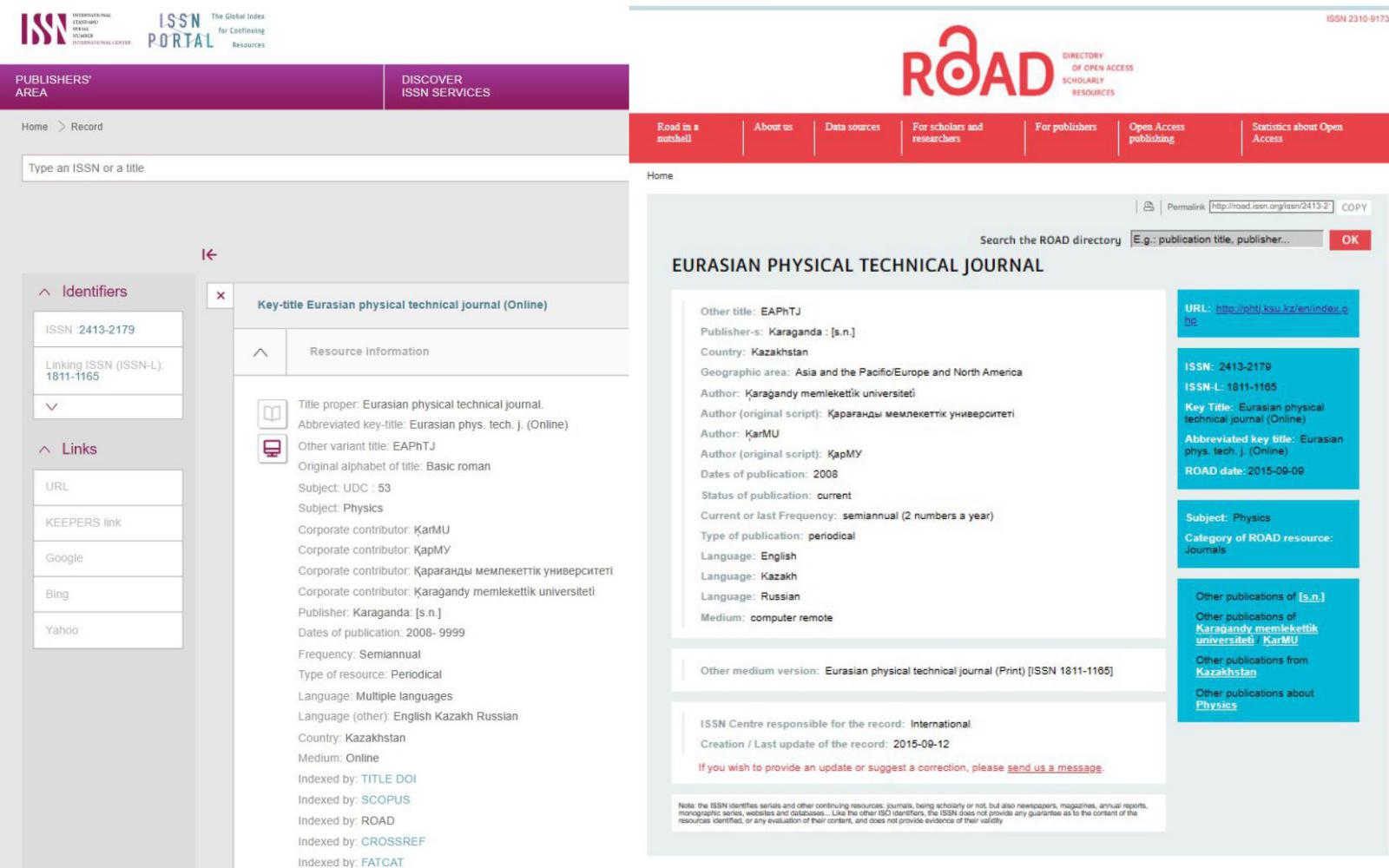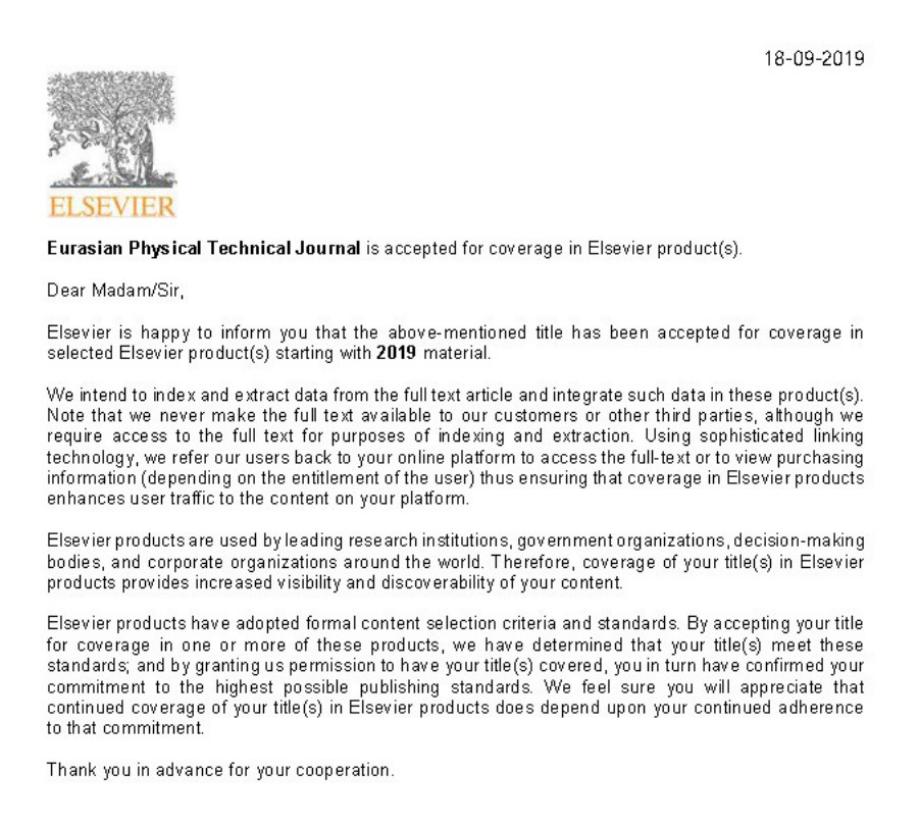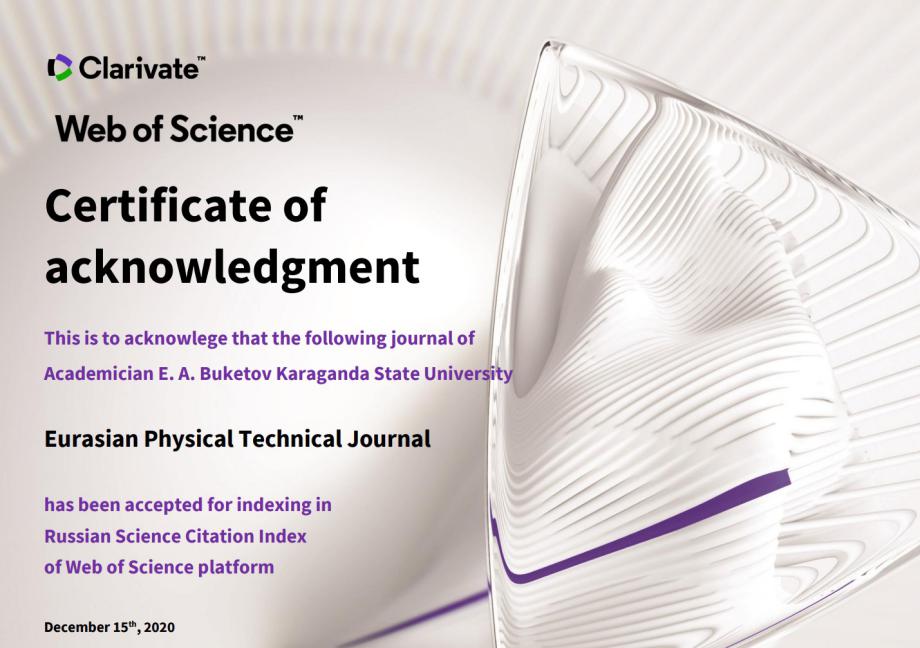AERODYNAMIC IMPROVEMENT OF A TWO-BLADE MAGNUS WIND TURBINE: NUMERICAL AND EXPERIMENTAL ANALYSIS OF AERODYNAMICS AND PRESSURE DISTRIBUTION
DOI:
https://doi.org/10.31489/2025N2/79-87Keywords:
wind power plant, combined blades, pressure distribution, aerodynamic characteristics, numerical modelingAbstract
Improving wind power plant efficiency is crucial due to the increasing demand for renewable energy. This study analyzes the aerodynamic characteristics of a wind power plant equipped with two combined blades that integrate fixed blades and rotating cylinders. The object of the study is a wind power plant model designed to optimize airflow direction and enhance lift. The methodology involves numerical modeling using the Ansys Fluent software package, as well as experimental testing under laboratory conditions. The main results show that as when the air-flow velocity increases from 3 to 12 m/s, and thrust force rises from 0.5 N to 3.85 N. Comparative analysis of the minimum and maximum pressure on the blade surfaces demonstrates a strong correlation between increasing rotational speed and elevated pressure differentials: pmax rises from approximately 0.4 Pa to 0.7 Pa, while pmin increases from about 0.15 Pa to 0.4 Pa. The thrust coefficient decreases from 1.45 to 1.05 as the Reynolds number (Re) increases, indicating improved aerodynamic characteristics during the transition to turbulent flow. A comparative analysis of numerical and experimental data reveals a deviation of no more than 5%, confirming the model’s reliability and the soundness of the research methodology. The conclusions indicate that employing combined blades can enhance the aerodynamic efficiency of a wind power plant by 8–10% compared with traditional designs. This improvement may foster the development of more efficient and stable wind energy systems, particularly in regions with low to medium wind potential.
References
Hassan Q., Algburi S., Sameen A.Z., Salman H.M., Jaszczur M. (2023) A review of hybrid renewable energy systems: Solar and wind-powered solutions: Challenges, opportunities, and policy implications. Results in Engineering, 101621. https://doi.org/10.1016/j.rineng.2023.101621 DOI: https://doi.org/10.1016/j.rineng.2023.101621
Wolniak R., Skotnicka-Zasadzień B. (2023) Development of wind energy in EU countries as an alternative resource to fossil fuels in the years 2016–2022. Resources, 12(8), 96. https://doi.org/10.3390/resources12080096 DOI: https://doi.org/10.3390/resources12080096
Xie F., Aly A.M. (2020) Structural control and vibration issues in wind turbines: A review. Engineering Structures, 210, 110087. https://doi.org/10.1016/j.engstruct.2019.110087 DOI: https://doi.org/10.1016/j.engstruct.2019.110087
Ahmad M., Shahzad A., Qadri M.N.M. (2023) An overview of aerodynamic performance analysis of vertical axis wind turbines. Energy & Environment, 34(7), 2815-2857. https://doi.org/10.1177/0958305X221121281 DOI: https://doi.org/10.1177/0958305X221121281
Hand B., Kelly G., Cashman A. (2021) Aerodynamic design and performance parameters of a lift-type vertical axis wind turbine: A comprehensive review. Renewable and Sustainable Energy Reviews, 139, 110699. https://doi.org/10.1016/j.rser.2020.110699 DOI: https://doi.org/10.1016/j.rser.2020.110699
Maheshwari Z., Kengne K., Bhat O. (2023) A comprehensive review on wind turbine emulators. Renewable and Sustainable Energy Reviews, 180, 113297. https://doi.org/10.1016/j.rser.2023.113297 DOI: https://doi.org/10.1016/j.rser.2023.113297
Li Y., Yang S., Feng F., Tagawa, K. (2023) A review on numerical simulation based on CFD technology of aerodynamic characteristics of straight-bladed vertical axis wind turbines. Energy Reports, 9, 4360-4379. https://doi.org/10.1016/j.egyr.2023.03.082 DOI: https://doi.org/10.1016/j.egyr.2023.03.082
Al-Rawajfeh M.A., Gomaa M.R. (2023) Comparison between horizontal and vertical axis wind turbine. International Journal of Applied, 12(1), 13-23. https://doi.org/10.11591/ijape.v12.i1.pp13-23 DOI: https://doi.org/10.11591/ijape.v12.i1.pp13-23
Bai X., Ji C., Grant P., Phillips N., Oza U., Avital E.J., Williams J.J. (2021) Turbulent flow simulation of a single-blade Magnus rotor. Advances in Aerodynamics, 3, 1-22. https://doi.org/10.1186/s42774-021-00068-9 DOI: https://doi.org/10.1186/s42774-021-00068-9
Dyusembaeva, A., Tanasheva, N., Tussypbayeva, A., Bakhtybekova, A., Kutumova, Z., Kyzdarbekova, S., & Mukhamedrakhim, A. (2024) Numerical Simulation to Investigate the Effect of Adding a Fixed Blade to a Magnus Wind Turbine. Energies, 17(16), 4054. https://doi.org/10.3390/en17164054 DOI: https://doi.org/10.3390/en17164054
Tanasheva, N.K., Dyusembaeva A.N., Bakhtybekova A.R., Minkov L.L., Burkov M.A., Shuyushbayeva N.N., Tleubergenova A.Z. (2024) CFD simulation and experimental investigation of a Magnus wind turbine with an improved blade shape. Renewable Energy, 121698. https://doi.org/10.1016/j.renene.2024.121698 DOI: https://doi.org/10.1016/j.renene.2024.121698
Mohammed O.A., Mohammed S.A., Ghazaly N.M. (2024). Influence of moisture condition and silica sand on friction coefficient of wind turbine brake system. Eurasian Physical Technical Journal, 21(3 (49)), 117-124. https://doi.org/10.31489/2024No3/117-124 DOI: https://doi.org/10.31489/2024No3/117-124
Yershina A.K., Sakipova S.E., Manatbayev R.K. (2019) Some design features of the carousel type wind turbine Bidarrieus. Eurasian Physical Technical Journal, 16(2 (32)), 63-67. https://doi.org/10.31489/2019No2/63-67 DOI: https://doi.org/10.31489/2019No2/63-67
Dyusembaeva A.N., Tleubergenova A.Z., Tanasheva N.K., Nussupbekov B.R., Bakhtybekova A.R., Kyzdarbekova S.S. (2024) Numerical investigation of the flow around a rotating cylinder with a plate under the subcritical regime of the Reynolds number. International Journal of Green Energy, 21(5), 973-987. https://doi.org/10.1080/15435075.2023.2228394 DOI: https://doi.org/10.1080/15435075.2023.2228394
Naji M.M., Jabbar B.A. (2024) Diffuser-augmented wind turbine: A review study. AIP Conference Proceedings, 3051(1), 100015. https://doi.org/10.1063/5.0191895 DOI: https://doi.org/10.1063/5.0191895
Demidova G.L., Anuchin A., Lukin A., Lukichev D., Rassõlkin A., Belahcen A. (2020) Magnus wind turbine: Finite element analysis and control system. In 2020 International Symposium on Power Electronics, Electrical Drives, Automation and Motion (SPEEDAM) 59-64. IEEE. https://doi.org/10.1109/SPEEDAM48782.2020.9161922 DOI: https://doi.org/10.1109/SPEEDAM48782.2020.9161922
Lahoz M., Nabhani A., Saemian M., Bergada J. M. (2024) Wind turbine enhancement via active flow control implementation. Applied Sciences, 14(23), 11404. https://doi.org/10.3390/app142311404 DOI: https://doi.org/10.3390/app142311404
Gujar S., Auti A., Kale S. (2025) Advancements in wind energy: Exploring the potential of diffuser-augmented wind turbines (DAWTs). SSRG International Journal of Mechanical Engineering, 12(1), 12–23. https://doi.org/10.14445/23488360/IJME-V12I1P102 DOI: https://doi.org/10.14445/23488360/IJME-V12I1P102
Downloads
Published online
How to Cite
Issue
Section
License

This work is licensed under a Creative Commons Attribution-NonCommercial-NoDerivatives 4.0 International License.













